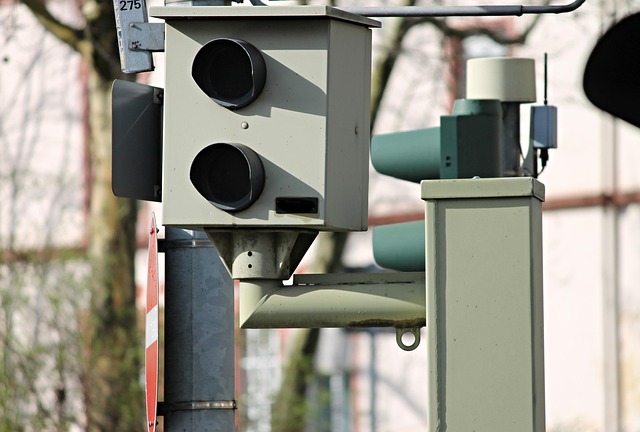Raccoons frequently invade Lakewood attics, considered ideal dens due to roof access. Signs of infestation include noises, ammonia scent, chewed insulation, small holes near vents, and structural damage. Prompt action is crucial; contact wildlife control experts for humane relocation, prevention tips, and to mitigate attic damage from these persistent creatures. Recognize subtle signs like smells or damage and reach out to professionals for non-lethal solutions and entry point sealing.
“Are you facing a skunk infestation in your Lakewood home, specifically in the attic? Understanding raccoon behavior is key to identifying the signs of an unwanted visitor—’signs of a raccoon infestation in my Lakewood attic.’ This article equips homeowners with insights into raccoon behavior and expert advice on when relocation is the best course of action. Learn safe, human techniques for skunk removal, ensuring your home remains pest-free.”
- Understanding Raccoon Behavior: Signs in Your Attic
- When is Relocation the Best Solution? Expert Advice
- Safe and Human Skunk Removal Techniques for Homes
Understanding Raccoon Behavior: Signs in Your Attic

Raccoons are skilled climbers and excellent at finding their way into attics, often seen as ideal dens due to their accessibility from roofs. Understanding their behavior is key when dealing with a raccoon infestation in your Lakewood attic. These creatures are most active during dawn and dusk, so you might notice strange noises or scratching sounds coming from above during these times.
Signs of a raccoon presence include persistent noise, such as scurrying footsteps or banging on insulation, along with the scent of ammonia—a telltale sign of their urine. Chewed-through materials, like insulation or wood, are also indicative of their presence, especially if you find small holes or gaps around vents or chimneys. If left undisturbed, raccoons can cause significant damage to your attic over time, so it’s crucial to act promptly and contact wildlife control experts for safe relocation and prevention tips.
When is Relocation the Best Solution? Expert Advice

Relocating wildlife, such as skunks or raccoons, can be the best solution when these animals have made their home in an unwanted location, like your attic. While it might seem easier to trap and release them, relocation offers several advantages. Firstly, it’s a more humane approach, ensuring the animal is safely moved to a suitable habitat without causing harm. Secondly, it prevents the potential spread of diseases or parasites that wild animals may carry.
When considering relocation, experts advise acting swiftly if you notice signs of an infestation, like droppings, odors, or tracks. For instance, if you suspect a raccoon has taken up residence in your Lakewood attic, don’t delay. Prompt action increases the chances of a successful and safe relocation for both the animal and the property owner.
Safe and Human Skunk Removal Techniques for Homes

When dealing with skunks or other wildlife intruders like raccoons in your Lakewood home, it’s crucial to employ safe and human relocation techniques. The first step is identifying signs of their presence—from strange smells to flattened or chewed entry points. If you suspect a raccoon infestation in your attic, don’t panic. Expert wildlife control services can provide non-lethal solutions.
These professionals utilize specialized equipment and knowledge to safely remove the animals while ensuring minimal damage to your property. They also take preventive measures, sealing entry points and offering advice on maintaining a skunk-free environment. This approach not only protects your home but also conserves the wildlife, fostering a harmonious coexistence between humans and nature.
When dealing with a skunk or raccoon infestation in your Lakewood home, particularly in the attic, understanding their behavior is key. Recognizing the signs discussed in this article—from suspicious noises to discarded insulation—is the first step towards effective wildlife control. If relocation is deemed the best solution by experts, it’s crucial to trust professionals who employ safe and human removal techniques. By doing so, you not only ensure your family’s safety but also protect these creatures, preserving the balance of nature in our communities. Remember, early intervention is vital to prevent costly damage and maintain a peaceful coexistence with Lakewood’s wildlife.
